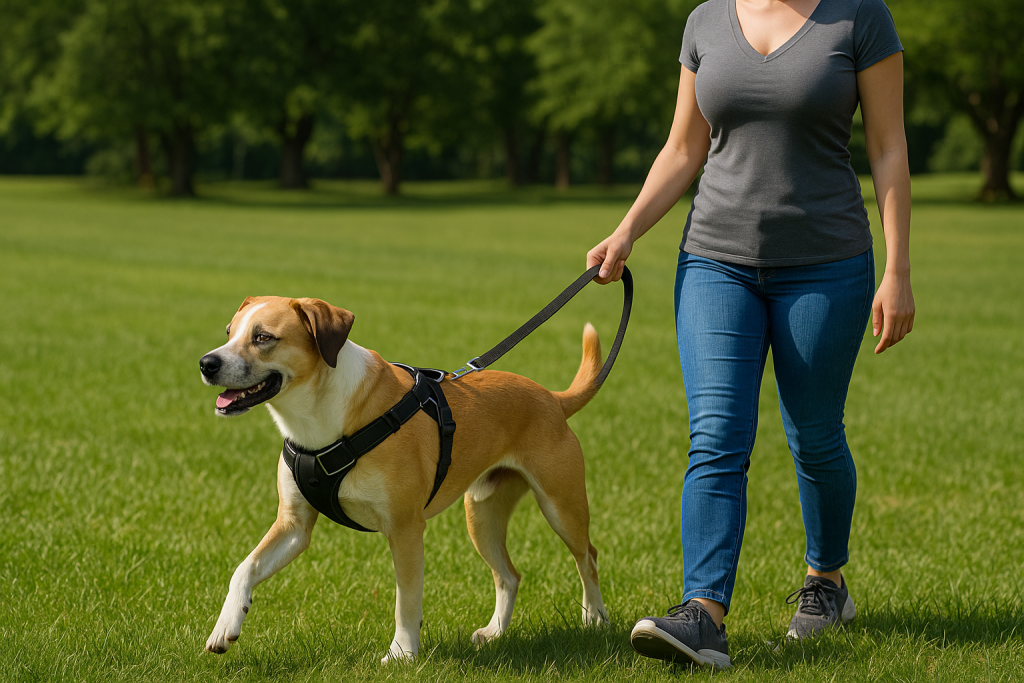Is your dog turning walks into tug-of-war sessions? Leash-pulling is a common challenge—but with the right methods and tools, you can transform those frustrating strolls into calm, confident adventures. Here’s a complete guide:
1. Understand Why Dogs Pull 🐕
Dogs pull for excitement, curiosity, or a desire to reach their destination faster. If pulling gets them where they want to go, the behavior becomes a habit.
2. Practice Loose-Leash Walking
- Stop & Go: When your dog pulls, stop walking immediately—don’t go forward until the leash is loose.
- Turn Around: If they keep pulling, change direction. This teaches them to pay attention to you.
3. Reward Good Behavior
Reinforce loose-leash walking with high-value treats, praise, or a chance to sniff. Dogs repeat behaviors that bring rewards.
4. Use the Right Gear
A front‑clip (no‑pull) harness redirects pulling and reduces neck strain. Experts agree: front clips are more effective than back‑clip harnesses.
Recommended products:
- Annchwool No‑Pull Dog Harness & 5 ft Leash
- BDSHUNBF Adjustable No‑Pull Harness
- WalkMate Comfort‑Fit No‑Pull Harness
5. Build Engagement & Consistency
Make yourself interesting on walks—talk, change pace, play brief games. Use consistent commands (“Let’s go”, “With me”).
6. Structure Training Sessions
Start in low-distraction areas, like your yard or a quiet street. Gradually increase challenges. End sessions positively before frustration sets in.
✅ Final Thoughts
If you combine loose-leash training (stop-and-go, turn-around), positive reinforcement, and a front-clip harness, walks can become more enjoyable—and safer—for you and your dog.🎯 Action step: Try the “stop whenever they pull, reward when loose” technique for 5 minutes daily, paired with your new harness and high-value treats.
